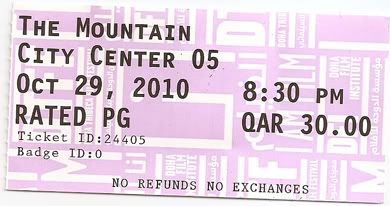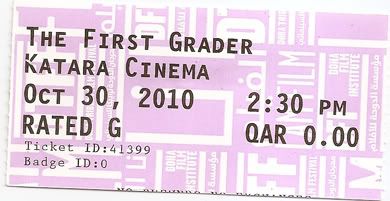It’s the very case in François Truffaut’s “The 400 Blows,” a French expression for raising hell. Set in Paris, in the late 1950s, Truffaut’s semi autobiographical story follows the cunning, yet troubled, 12-year-old, Antoine Doinel.
In truth, Antoine is a troublemaker. Though being fair, his parents are enablers. Antoine’s father, a jovial man, encourages his son to taunt his mother, and seconds later he tries to be a disciplinarian. And humorously, while playing hookie, Antoine catches his mother kissing another man. Which, in many ways, gives a mischievous young man leverage. It all forces Antoine’s mother to capitulate to her son’s poor behavior, with hopes Antoine keeps her infidelity a secret. The ordeal is classic. The troublemaker bounces between problems at home, which only deepens the problems at school. It’s a story I knew all too well.
The opening scene rehashed my memories of school. The students passed a large photo of a woman in two-piece bathing suit—probably risqué for that time. The photo circulates around the room, landing on Antoine’s desk: Just guess who gets in trouble for the photo. Unfair? Yes. But the lack of discipline, and in this case a lack of mental fortitude, has the teacher chewing out Antoine, and only Antoine. Which I think is quite ironic, and you’ll see this if you check out the film.
While watching, I was shocked to see how brazen young kids were in Paris during the 1950s. Stereotypes seen in films honestly got the best of me. These kids were out of control. Though, it’s a far cry from today’s pill popping, binge drinking, and the instagram posting of nude photos—a far cry from this era where so many want to “turn up.” However, what’s more shocking is why so many people seem unaware of the experiences that lead boys or girls to run away from home. What's more shocking is how people are unaware of the larger role negative influences and enablers play on a young woman or young man’s life.
They’re so many obstacles one faces during adolescence. That’s a truth widely known, sure. But I believe that truth hasn’t clicked for everyone. How does a person escape their adolescence, make it to their late teens and early 20’s, and for some reason just can’t seem to “turn down?” Meanwhile, I can think of many “Antoine’s” I’ve come across in my life. And I can think of many “Antonie’s” I continue to meet.



